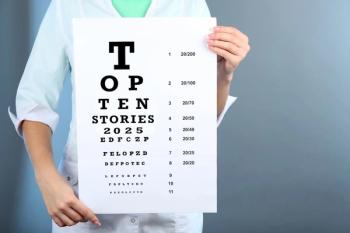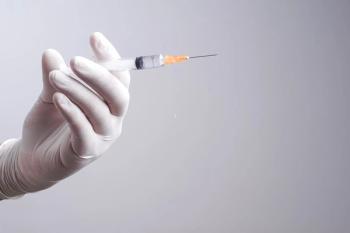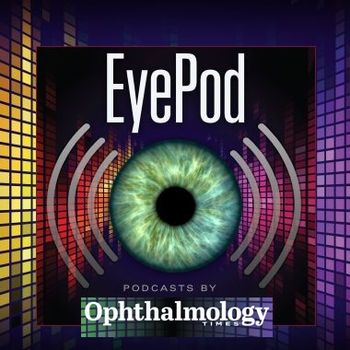
FDA clears IND for Opus Genetics’ OPGx-BEST1 gene therapy for inherited retinal disease
Key Takeaways
- The FDA has accepted Opus Genetics' IND application for OPGx-BEST1, targeting BEST1-related inherited retinal disease.
- Best disease results from BEST1 gene mutations, causing macular degeneration and progressive vision loss.
Best disease, or vitelliform macular dystrophy, is a rare, inherited retinal condition causing macular degeneration by mutations in the BEST1 gene, leading to progressive vision loss and, in some cases, blindness.
The US Food and Drug Administration (FDA) has accepted Opus Genetics’ Investigational New Drug (IND) application for OPGx-BEST1, a gene therapy for the treatment of bestrophin-1 (BEST1)-related
Best disease, or vitelliform macular dystrophy, is a rare, inherited retinal condition causing macular degeneration by mutations in the BEST1 gene, leading to progressive vision loss and, in some cases, blindness. It is characterized by retinal lesions, with symptoms including dimness of vision, metamorphopsia, or scotoma.
The company noted that the BEST1 channel, when activated by calcium (Ca2+) ions, controls chloride (Cl-) ion transfer into and out of the retinal pigment epithelium (RPE) cell. This function is crucial to maintaining homeostasis between rod and cone photoreceptors and RPE cells. Mutations in BEST1 disrupt this homeostasis and result in the breakdown of the rod and cone interphotoreceptor matrix (cIPM) and microvilli (cMV) connection with the RPE. Retinal lesions form containing vitelliform material between the RPE and Bruch’s membrane (BM)/choroid (CH). These vitelliform lesions disrupt and cause atrophy of the RPE. Without support from the RPE, photoreceptor cells critical for normal vision die, resulting in progressive vision loss.
OPGx-BEST1 uses Opus Genetics’ proprietary adeno-associated virus (AAV)-based gene therapy platform, designed to deliver a functional copy of the BEST1 gene directly to the RPE cells where the defective gene resides.
According to the company, following the IND clearance, it plans to initiate a phase 1/2 clinical trial in the second half of 2025. The trial will be a multi-center, open-label study will evaluate the safety, tolerability, and preliminary efficacy of a single subretinal injection of OPGx-BEST1 in patients with genetically confirmed BEST1-related IRD
George Magrath, MD, CEO of Opus Genetics, commented on the IND clearance in a press release from the company, saying, “BEST1-related IRDs have no approved treatments today, leaving patients and families with uncertainty about the future of their vision. The OPGx-BEST1 trial will be our third ongoing clinical program, reflecting the depth of our pipeline and our commitment to advancing multiple therapies in parallel for patients with urgent, unmet needs.”
The company aims to obtain preliminary data from the phase 1/2 study by the first quarter of 2026.
References:
Opus Genetics Announces FDA Clearance of IND Application for Gene Therapy Candidate OPGx-BEST1. Published August 18, 2025. Accessed August 19, 2025.
https://ir.opusgtx.com/press-releases/detail/495/opus-genetics-announces-fda-clearance-of-ind-application-for-gene-therapy-candidate-opgx-best1 IRD Programs. Opus Genetics. Accessed August 19, 2025.
https://opusgtx.com/pipeline-programs/ird-programs/
Newsletter
Don’t miss out—get Ophthalmology Times updates on the latest clinical advancements and expert interviews, straight to your inbox.













































